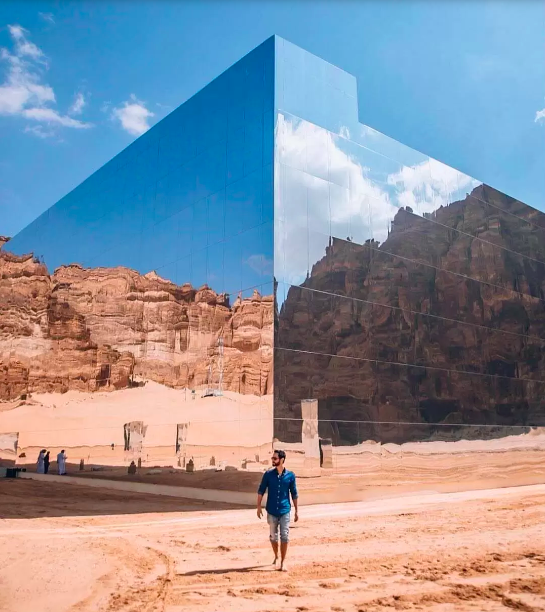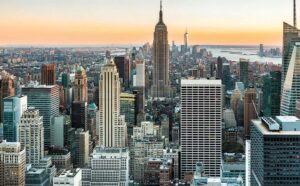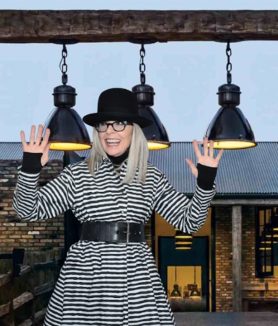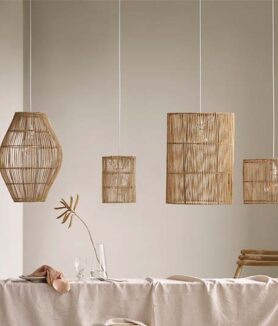Reflective Architecture, a new aesthetic
Reflective architecture, also known as mirrored architecture, is a technique used in architectural design to create visually balanced and symmetrical buildings. This technique involves the repetition of a structure or a set of structures in the design, with a symmetrical arrangement along a central axis
In mirrored architecture, the central axis acts as an imaginary mirror, reflecting the structures and elements on both sides of the symmetry. This technique can be applied to different types of buildings, from houses and office buildings, to larger structures like bridges and skyscrapers.
The use of mirrored architecture dates back to ancient Greece and Rome, where it was achieved in the construction of temples and monuments. It has also been a popular technique in Indian and Chinese architecture. Today, mirrored architecture remains a popular technique and can be seen in many modern buildings, including some of the world's largest skyscrapers.
Today, mirrored architecture remains a popular technique and can be seen in many modern buildings, including some of the world's largest skyscrapers. In interior design, professionals are returning to the use of the mirror as a resource to create integration effects of the space to work. Since ancient times, these effects have been played with but it was in the Baroque (17th and 18th centuries) when its use spread and was fully integrated into architecture. It is enough to remember the Hall of Mirrors in Versailles to give us an idea of the importance that mirrors acquire within decoration.
In art, the use of the mirror in the compositions allows the creation of new possibilities in geometry and space, a clear example of this is the painting by Velazquez, Las Meninas, in which the artist masterfully exemplifies the spatial composition and the mirror as the great resource.

In Islam, mirrors have been used as linings, especially in the vaults, and this is done to intensify the interior lighting of the mosques. It must be remembered that in Islam the light represents God, therefore, it reconsiders that the light must be distributed among all the faithful during prayer, since there is no man superior to another and all must be in the same conditions before God. Wonderful examples of Islamic decoration are the Nasir Ol Molk and Sha Cherag mosques in Iran.
Today, mirrors and reflective materials have appeared on the facades and mark a new milestone in contemporary architecture that seeks new possibilities through the material and the integration into the ambience to blend in with the environment, creating a symmetrical and attractive aesthetic.












